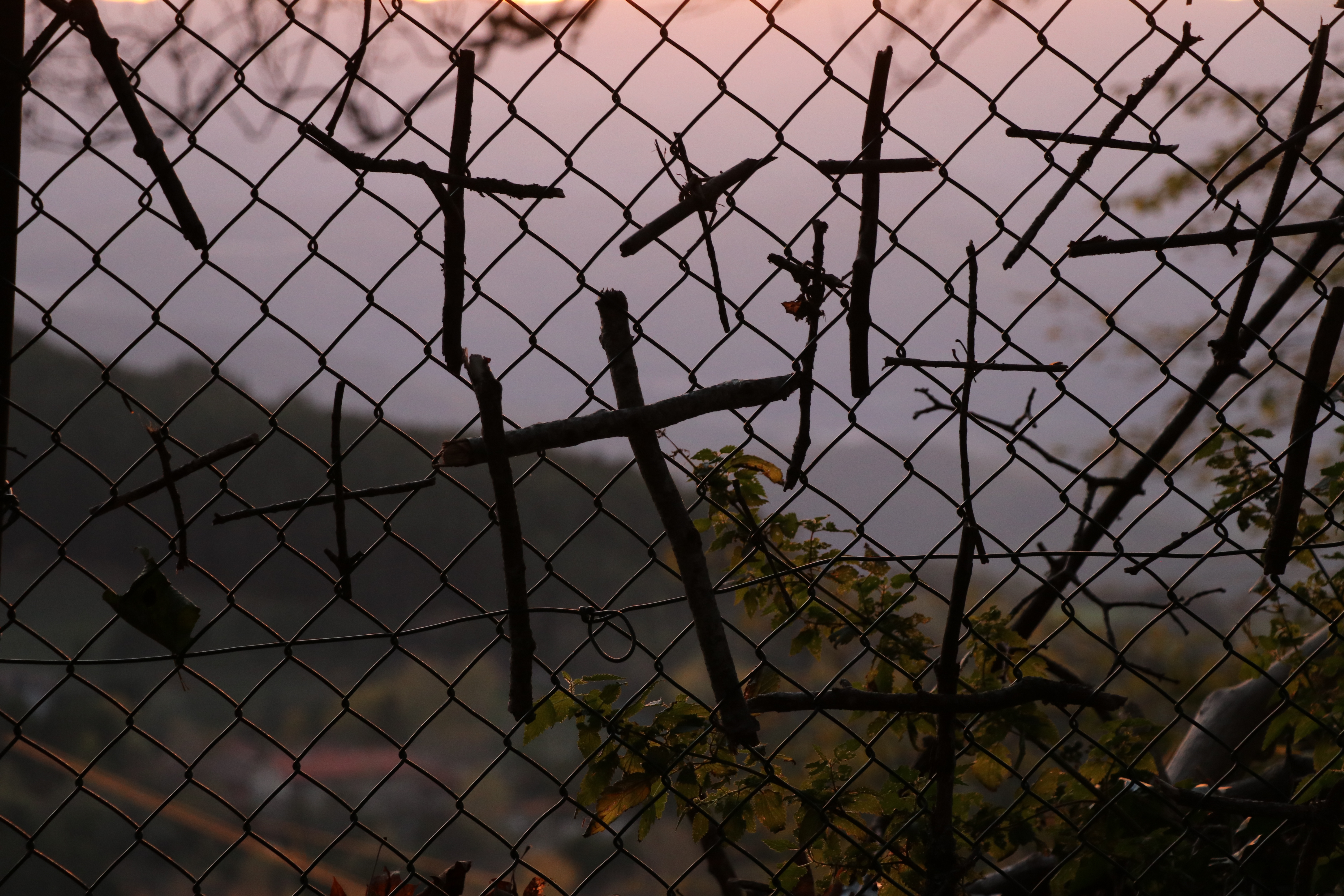
The Basilica of St. Francis of Assisi, which enshrines the remains of the Saint, stands upon a hill that in the early 1200s was commonly known as the “Colle dell’Inferno” [Hill of Hell]. This was probably because it was a place where death sentences were carried out. It also functioned as a kind of city dump. Francis died in the Portiuncula church in the evening of October 3, 1226. His body was immediately brought within the walls of the City of Assisi and was buried in the Chapel of San Giorgio, which later became part of the Basilica of St. Clare and is known today as the Chapel of the Crucifix.

Francis, Brother Leo and others, arrived at La Verna at the end of the summer of 1224. Pope Honorius III had approved the Later Rule a little less than a year earlier, but confrontation within the Order of Minors still continued, as shown, for example, by the additional specifications that Francis wrote in his Testament in 1226, a few months before his death. Complete reconciliation had failed to materialize and Francis stayed out of sight so the friars could not see how downcast he was. Tension continued between different factions of friars and in a certain sense, within Francis himself.

Popes and their curias often went outside of Rome when they needed to take refuge from the summer heat, escape the turmoil of the city or visit the papal territories. Rieti was one of a number of cities where the popes chose to live. Friar Elias brought Friar Francis to Rieti on several occasions so that he could have his eyes treated by the doctors in service to the papal curia. Thus, the Rieti Valley and, in particular, the hermitages of Fonte Colombo, La Foresta, Poggio Bustone and Greccio, are all inextricably linked to St. Francis. Greccio was especially famous as the place where Francis created the nativity scene.

St. Francis’ first biographer notes that while Francis was praying in the Church of San Damiano, just outside the city walls, he heard a call to repair the ruined church. Actually, Francis wanted to live according to the pattern of the Gospel by following in the footsteps of Jesus. He helped the Church, which was in crisis at that time, to experience true reform by pointing out with his life and words several questions that were unsolved.

In the plain below Assisi, the early friars played an important role in clearing out the woodland and constructing a chapel dedicated to St. Mary of the Angels. In later centuries, this chapel would become known as the “Portiuncula.” Francis, the son of Peter Bernardone, was a frequent visitor to the chapel, especially after his life changed when he showed mercy to the lepers and when he had founded his Gospel-centered fraternity. From the early 1320s on, his fraternity would be known as the Order of Friars Minor.







